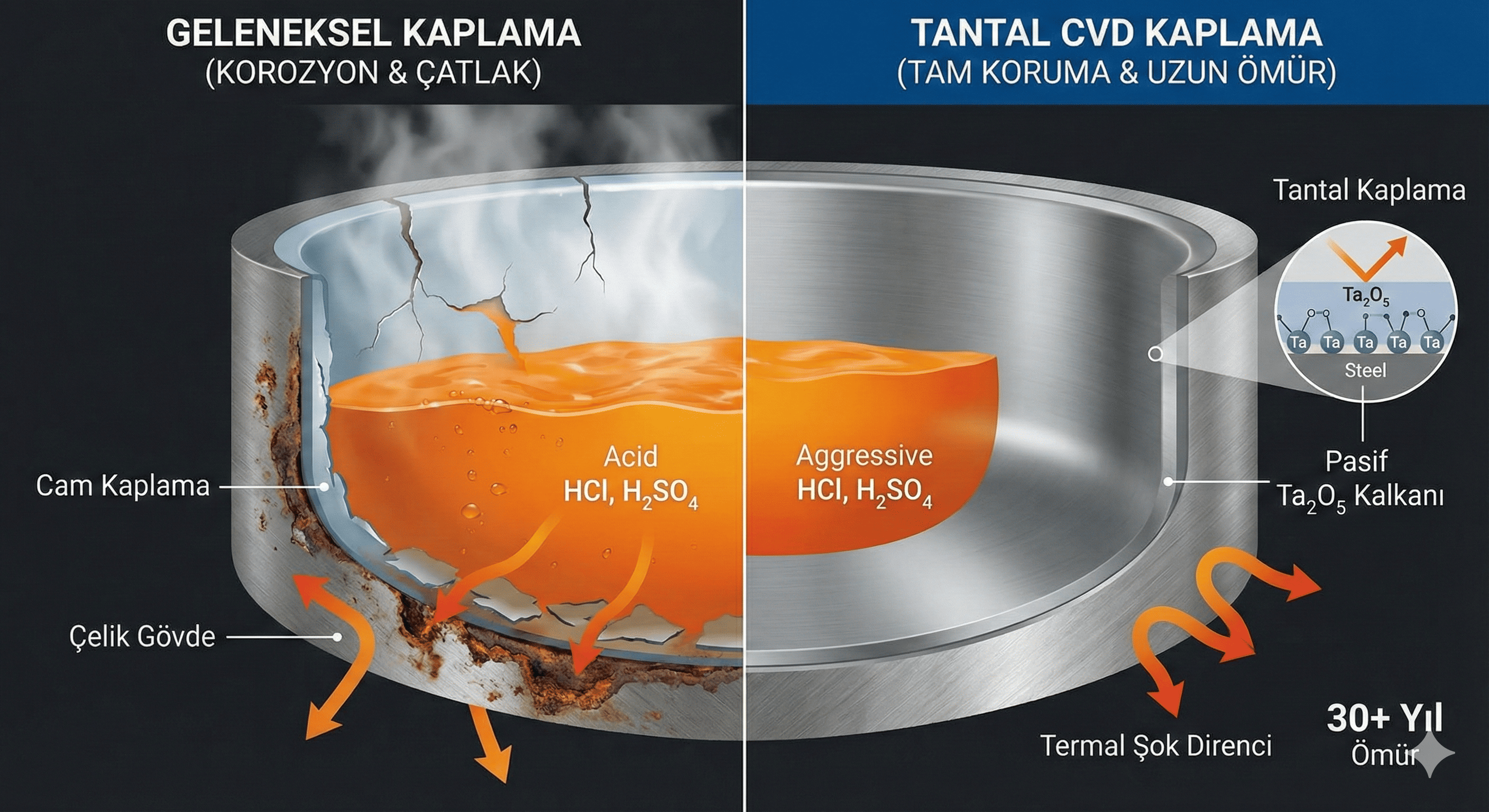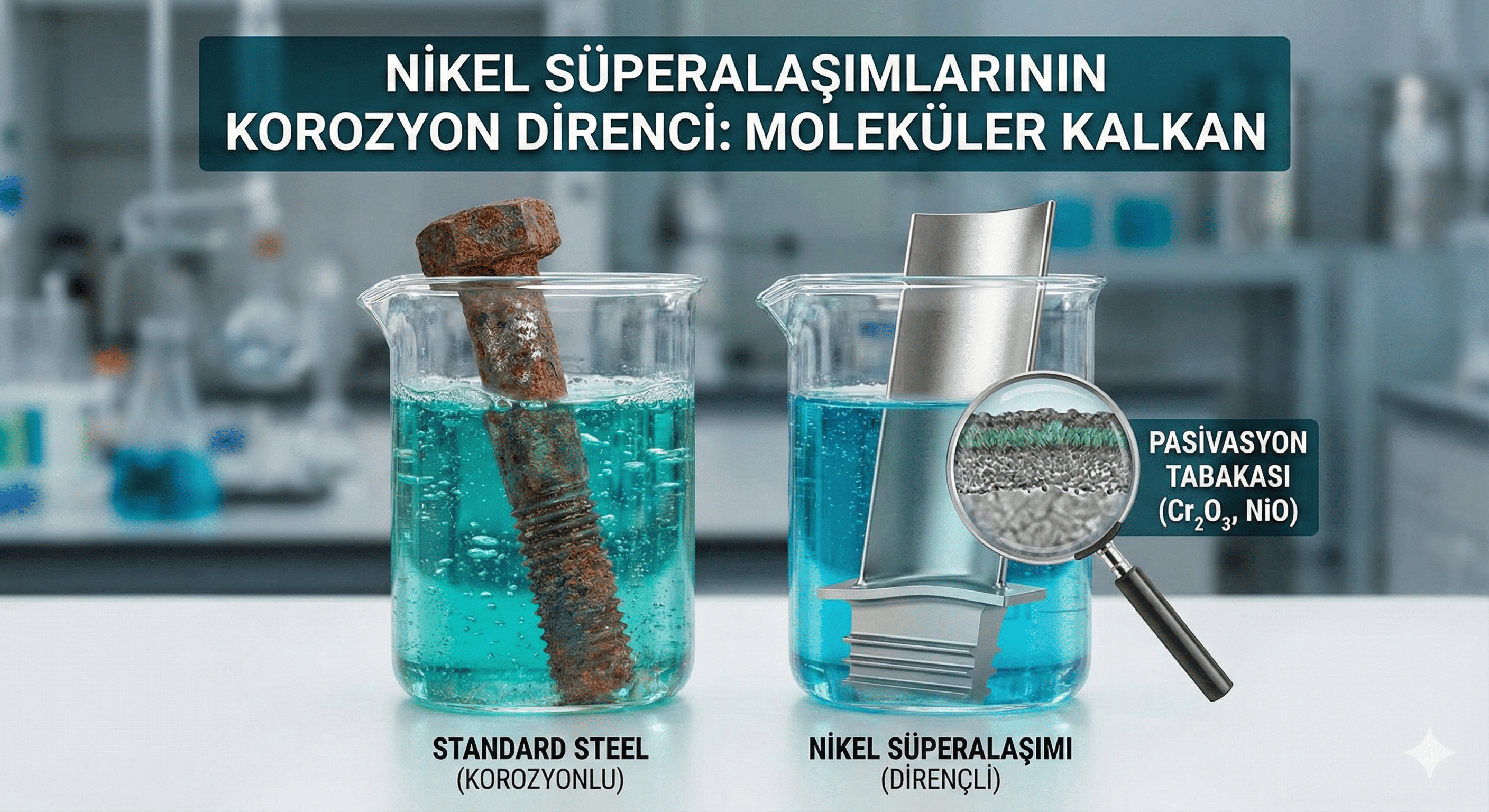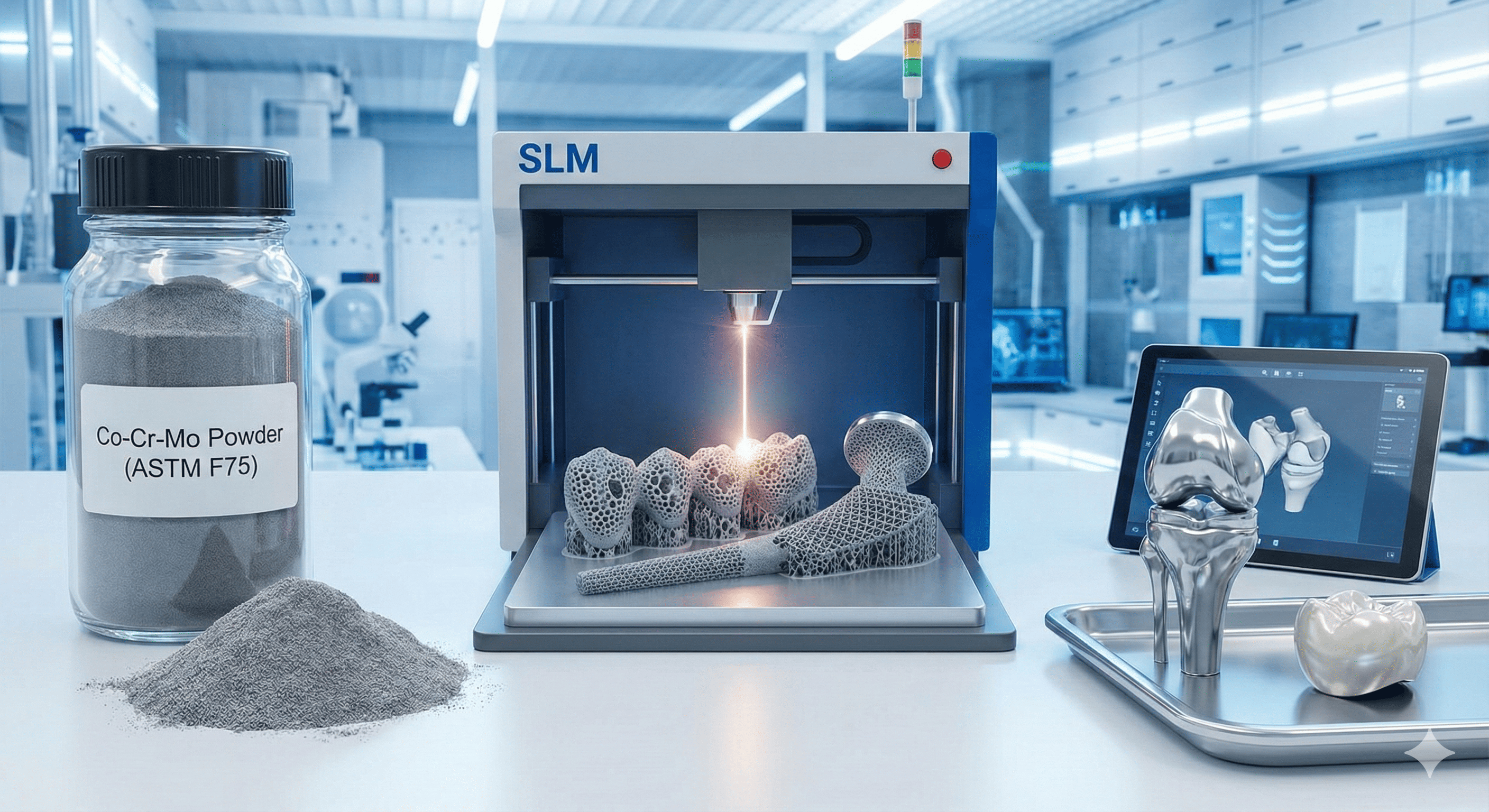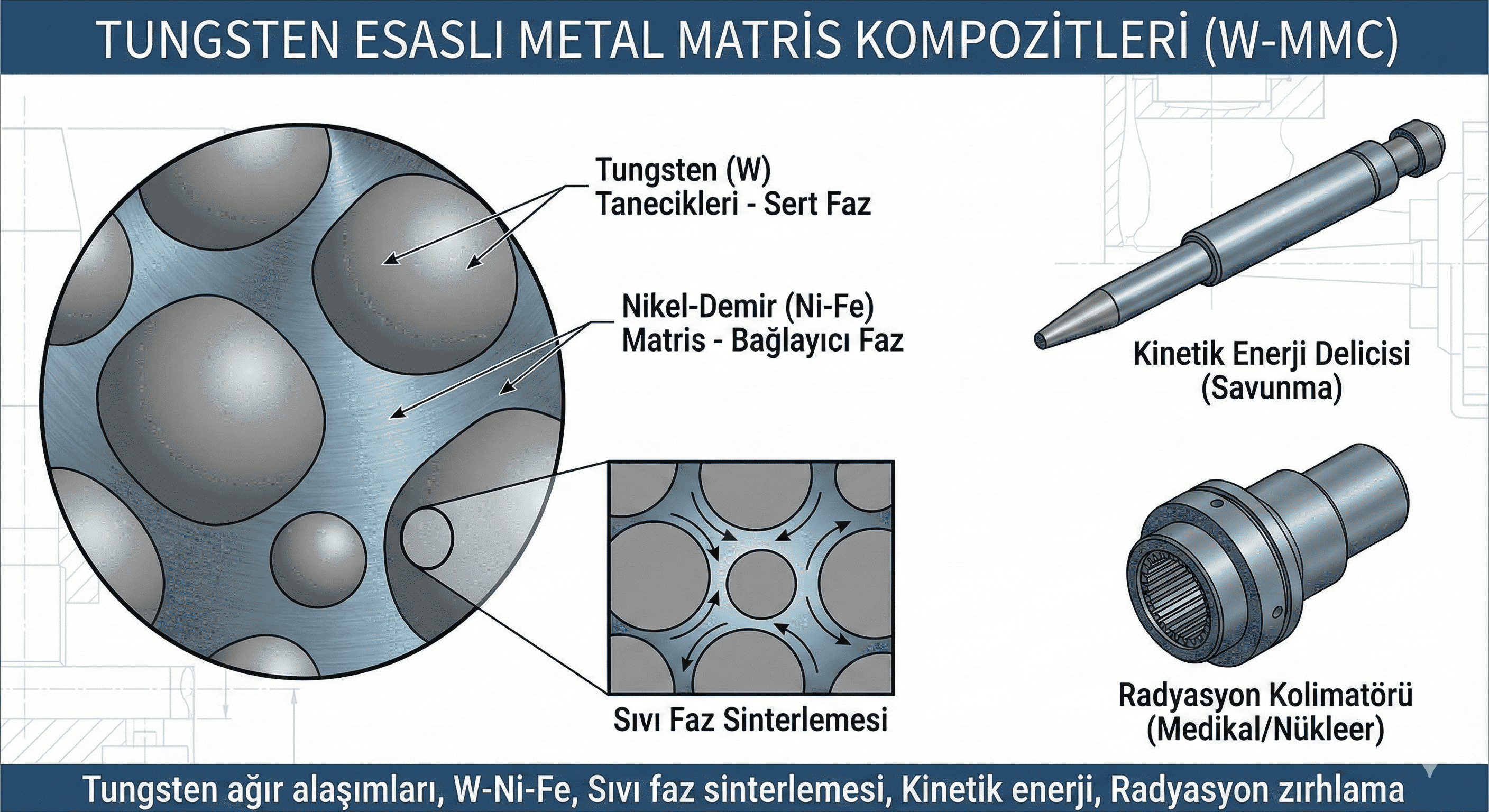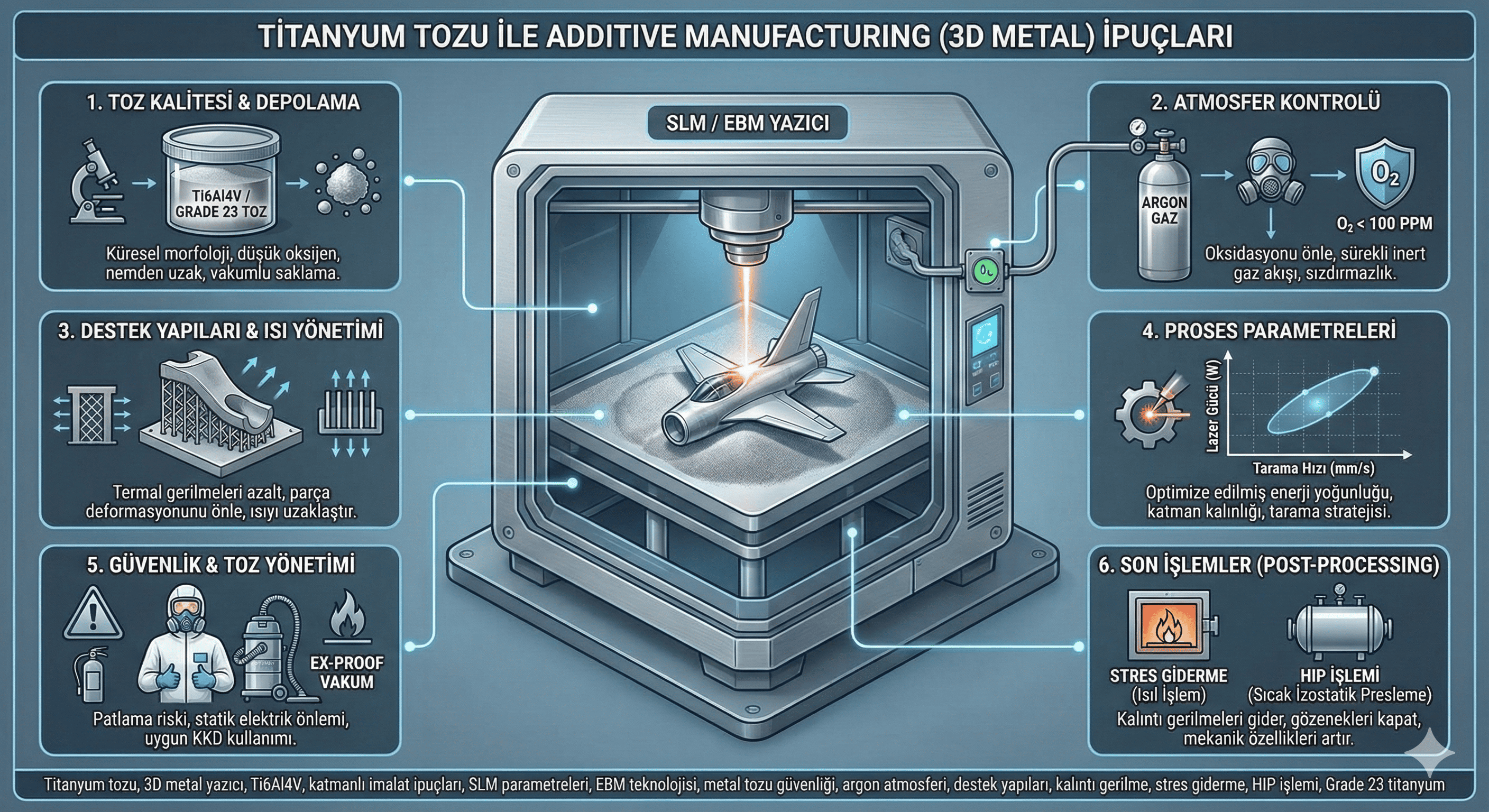Gadolinium oxide (Gd²O³) nanoparticles are renowned for their unique optical, magnetic, and catalytic properties. This article provides an extensive review of the synthesis methods, physical and chemical properties, and various applications of Gd²O³ nanoparticles. Additionally, it discusses the challenges associated with their use and outlines future research directions.
1. Introduction
1.1. Overview of Gadolinium Oxide Nanoparticles
- Definition and characteristics of gadolinium oxide nanoparticles.
- The role of gadolinium as a rare earth element and its importance in nanotechnology.
1.2. Significance in Nanotechnology
- Unique properties of Gd²O³ nanoparticles compared to other rare earth oxides.
- Overview of their potential applications in various fields.
1.3. Objectives of the Article
- To explore the synthesis methods, properties, and applications of Gd²O³ nanoparticles.
- To identify challenges and propose future research directions.
2. Synthesis of Gadolinium Oxide Nanoparticles
2.1. Chemical Precipitation
- Description of the chemical precipitation method for synthesizing Gd²O³ nanoparticles.
- Key parameters: pH, temperature, and concentration of gadolinium salts.
2.2. Sol-Gel Method
- Overview of the sol-gel process for preparing Gd²O³ nanoparticles.
- Steps involved: sol formation, gelation, drying, and calcination.
2.3. Hydrothermal and Solvothermal Methods
- Explanation of hydrothermal and solvothermal techniques.
- Influence of pressure and temperature on particle size, morphology, and crystallinity.
2.4. Co-precipitation Method
- Use of co-precipitation to control the size and distribution of Gd²O³ nanoparticles.
- Parameters affecting the process, such as concentration and temperature.
2.5. Other Methods
- Brief discussion of alternative synthesis methods such as microwave-assisted synthesis, chemical vapor deposition, and thermal decomposition.
3. Properties of Gadolinium Oxide Nanoparticles
3.1. Structural Properties
- Crystallinity, size, and morphology of Gd²O³ nanoparticles.
- Characterization techniques: X-ray diffraction (XRD), scanning electron microscopy (SEM), and transmission electron microscopy (TEM).
3.2. Optical Properties
- Optical absorption, photoluminescence, and emission characteristics.
- Applications in luminescent materials, including phosphors and imaging agents.
3.3. Magnetic Properties
- Magnetic behavior of Gd²O³ nanoparticles, including magnetic susceptibility and coercivity.
- Comparison with other rare earth oxides and implications for magnetic applications.
3.4. Catalytic Properties
- Catalytic activity of Gd²O³ nanoparticles in various chemical reactions.
- Use in environmental catalysis and industrial processes.
4. Applications of Gadolinium Oxide Nanoparticles
4.1. Biomedical Applications
- Use in magnetic resonance imaging (MRI) as contrast agents.
- Applications in targeted drug delivery and cancer therapy.
4.2. Optoelectronics
- Role in phosphors for displays, LEDs, and laser devices.
- Use in optical amplifiers and other optoelectronic devices.
4.3. Energy and Environmental Applications
- Application in energy storage systems, including batteries and supercapacitors.
- Use in environmental remediation and as catalysts for pollutant degradation.
4.4. Magnetic Materials
- Integration into magnetic storage devices, sensors, and advanced magnetic materials.
- Potential for development of new magnetic technologies.
5. Challenges and Limitations
5.1. Synthesis Challenges
- Difficulties in achieving uniform particle size and morphology.
- Scalability and reproducibility of synthesis methods.
5.2. Stability and Reactivity
- Stability of Gd²O³ nanoparticles under various environmental conditions.
- Methods for enhancing stability and controlling surface reactivity.
5.3. Cost and Environmental Impact
- Economic considerations of production and use.
- Environmental impact and strategies for minimizing ecological footprint.
5.4. Regulatory and Safety Concerns
- Compliance with regulations governing the use of rare earth materials.
- Safety protocols for handling and disposal of nanoparticles.
6. Future Directions
6.1. Advancements in Synthesis Techniques
- Innovations to improve control over size, shape, and properties.
- Exploration of new synthesis methods and materials.
6.2. Emerging Applications
- Exploration of novel uses in technology, medicine, and industry.
- Potential for interdisciplinary research and development.
6.3. Interdisciplinary Collaboration
- Importance of collaboration between chemists, materials scientists, and engineers.
- Examples of successful interdisciplinary projects and research.
7. Conclusion
7.1. Summary of Key Findings
- Recap of synthesis methods, properties, and applications of Gd²O³ nanoparticles.
7.2. Impact on Technology and Science
- Overall significance of gadolinium oxide nanoparticles in advancing various fields.
7.3. Final Thoughts
- Reflection on the future potential and ongoing research in gadolinium oxide nanoparticles.
8. References
- Comprehensive list of scientific papers, reviews, and sources cited in the article.
This outline provides a detailed framework for understanding gadolinium oxide nanoparticles. If you need more specific data, case studies, or additional sections, feel free to let me know!

